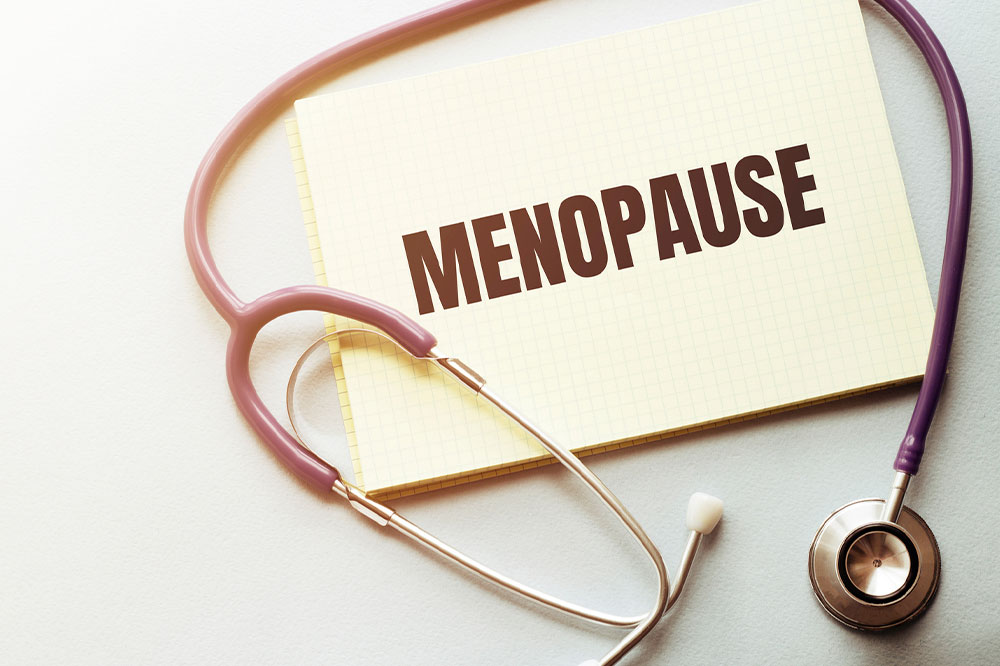Comprehensive Guide to Turner Syndrome: Causes, Symptoms, Diagnostic Methods, and Treatment Strategies
This comprehensive guide provides in-depth insights into Turner syndrome, a chromosomal disorder affecting females. It covers causes, symptoms from infancy to adulthood, diagnostic methods such as karyotyping and prenatal tests, and available treatment options including hormone therapy and fertility solutions. Early diagnosis and tailored management plans are vital for enhancing the quality of life and health outlook for individuals with Turner syndrome. Understanding this condition empowers families and healthcare providers to optimize care and support for affected girls and women.

Comprehensive Guide to Turner Syndrome: Causes, Symptoms, Diagnostic Methods, and Treatment Strategies
Turner syndrome is a rare genetic condition that exclusively affects females, characterized by the partial or complete absence of one X chromosome. Unlike the typical female chromosomal pattern, where two X chromosomes determine female biological sex, individuals with Turner syndrome usually have only one X chromosome or have structural abnormalities in one of their X chromosomes. Early detection and intervention are essential to manage the associated health issues and improve quality of life. This detailed article delves into the underlying causes, broad spectrum of symptoms, diagnostic techniques, and available treatment options for Turner syndrome. With proper medical care, regular health monitoring, and support, females living with Turner syndrome can lead healthier, more fulfilling lives.
What Is Turner Syndrome?
Genetic information carried by chromosomes provides instructions for human development, with humans typically possessing 46 chromosomes organized into 23 pairs. Among these, two chromosomes—designated X and Y—determine biological sex. Females usually have two X chromosomes, whereas males typically have one X and one Y chromosome. Turner syndrome arises when there is a missing or structurally abnormal X chromosome in females, leading to various developmental challenges and health complications. This condition is not inherited in a traditional sense but results from random genetic events during cell division.
Turner syndrome affects approximately 1 in every 2,500 girls worldwide, making it one of the more common chromosomal anomalies affecting females. The syndrome presents with a range of physical, developmental, and reproductive challenges. Many girls with Turner syndrome experience infertility, but with medical advances, many of these issues can be addressed or managed effectively. Commonly associated health problems include osteoporosis, congenital heart defects, learning difficulties, and hormonal imbalances. The syndrome also increases the risk of certain medical conditions, making comprehensive healthcare crucial for affected individuals.
Causes of Turner Syndrome
Turner syndrome results from genetic alterations involving the X chromosome. The primary causes include a complete absence of one X chromosome, structural changes to the X chromosome, or a mosaic pattern where some cells have normal chromosomes while others do not. These genetic anomalies primarily occur due to errors during the formation of reproductive cells (gametes) or early embryonic development. The main causes are categorized as follows:
Monosomy X:
Complete absence of one X chromosome, arising from nondisjunction errors during sperm or egg formation, leading to a 45,X configuration.
Mosaicism:
When early cell division errors cause some cells to have normal XX chromosomes while others have monosomy X or structural abnormalities, resulting in a mosaic pattern.
X Chromosome Structural Abnormalities:
Deletions, duplications, or rearrangements within the X chromosome that disrupt normal genetic information.
How Is Turner Syndrome Diagnosed?
Detection of Turner syndrome can occur prenatally or after birth. Prenatal diagnosis primarily involves genetic testing techniques such as karyotyping, amniocentesis, or chorionic villus sampling (CVS), particularly if ultrasound scans reveal anomalies like fluid buildup in the neck (nuchal translucency), heart defects, or other markers. Postnatal diagnosis generally involves clinical evaluation and genetic testing based on physical characteristics and developmental signs.
Symptoms in Infants and Children:
Low-set ears
Droopy eyelids
Low hairline at the back of the neck
Swelling of the hands and feet at birth
Short stature from early childhood
Delayed motor skills and developmental milestones
Symptoms in Adults:
Persistent short stature
Absence of puberty without hormone treatment
Delayed or absent secondary sexual characteristics
High blood pressure (hypertension)
Increased risk for osteoporosis
Infertility due to ovarian failure
Diagnostic Methods:
Karyotyping: The primary method involving collection of blood or tissue samples to analyze chromosomes and detect abnormalities.
Amniocentesis: A prenatal procedure where amniotic fluid is sampled to analyze fetal chromosomes.
Blood Tests: Used to identify chromosomal anomalies and hormonal imbalances.
Chorionic Villus Sampling (CVS): Performed during pregnancy to examine placental tissue for genetic issues.
Management and Treatment of Turner Syndrome
While there is no definitive cure for Turner syndrome, various treatments can alleviate symptoms, support growth, and enhance overall health. Early diagnosis combined with tailored medical interventions allows individuals to achieve better health outcomes and improved quality of life. Management approaches include:
Growth Hormone Therapy: Administered during childhood to increase height, improve bone density, and promote normal growth patterns. Early initiation yields the best results.
Estrogen and Hormone Replacement Therapy (HRT): Used to induce puberty, support secondary sexual characteristics, and maintain reproductive health. Typically started around age 11-12 and continued through adulthood.
Fertility Treatments: Options such as in vitro fertilization (IVF) with donor eggs are available for women wanting to conceive.
Regular Monitoring: Ongoing health assessments, including cardiac evaluations and bone density scans, are vital to prevent or manage associated health risks.
Despite the genetic nature of Turner syndrome, early intervention, comprehensive healthcare, and emotional support can significantly improve the life span and quality of life for affected females. Multidisciplinary management involving endocrinologists, cardiologists, speech therapists, and psychologists is often necessary for holistic care.





